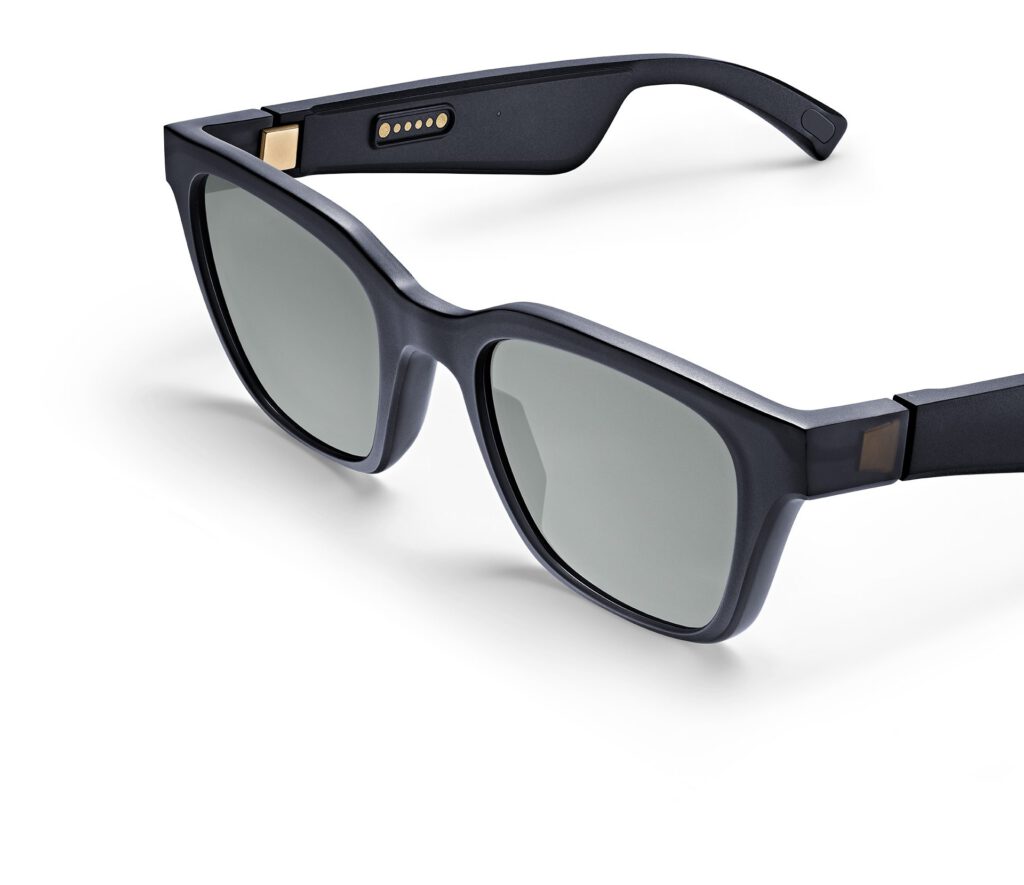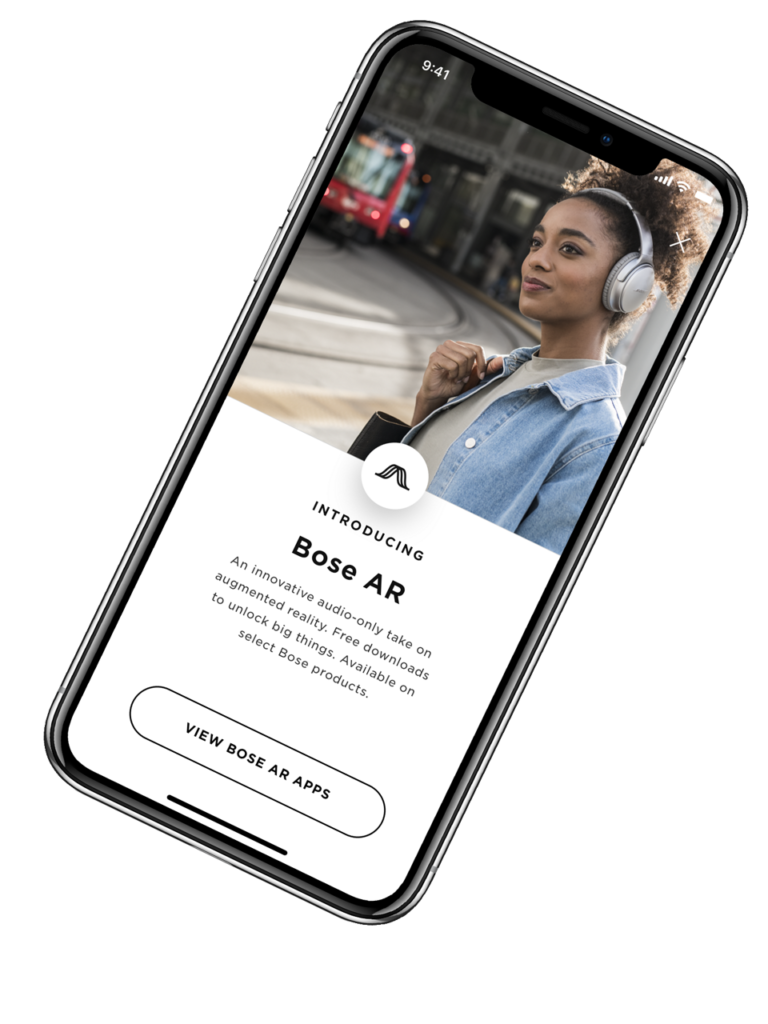I just finished watching Kenyan marathoner Eliud Kipchoge set a world record running 26.2 miles in just under 2 hours, and all I could think about were the logistics. Check out the 1:06 mark of this 3 hour video, and watch a pace car beaming a laser onto the track to indicate the required pace of 2:50 minutes per kilometer. This, all I could think, was a great application of augmented reality, to help an exceptional runner perform even better. Next year, there will likely be a new runner, using the same laser truck, set to go a few seconds faster, and thus set a new world record. And again a few seconds faster the next year, and so on.
This reminds me of bowling. Think, the goal of bowling is to roll a ball down the alleyway, to knock over pins at the end. But when I take my nieces the ball ends up in the gutter long before it gets to the end. So the rink master flips up gutter guards. Now my nieces can roll the ball down the alleyway, same as me, but if the ball hits the gutter, it just bounces back down the alleyway, hitting the pins. To be fair, I’m the one that needs the gutter guards to keep up with them.
Now think of FedEx. They will deliver your package absolutely, positively by 10:30 AM tomorrow. You get A-caliber service from FedEx. But they have over 400,000 employees that, are by the law of large numbers, average. How do they get thousands of average employees to deliver above average service? Gutter guards today, and augmented reality tomorrow.
Augmented reality isn’t you holding your phone up in the air, to see more information about the world around you. It’s augmenting the physical world around you in such a way that you go about your existing workflows more efficiently.
This is awesome. The world around us will one day soon be augmented with sensors to “sense” where we are, and images and sound overlaying our existing world to act as our gutter guards.
Google Goggles were an early ambitious prototype. Virtual reality is, in my eyes, a way for technologists to iterate on the toolsets needed for augmented reality, long before the technology to augment reality is truly here.
If you want to iterate on augmented reality today, and have something up and going within a month, checkout Bose AR Eyeglasses.
They are eyeglasses that can have clear or prescription lenses. There are audio speakers in the glasses. There are also motion sensors embedded inside that can detect your head orientation and body movement while you wear them. The glasses can then be synced with your mobile phone, where you can build and download apps that use this information along with location data from your mobile phone to offer tailored audio content. Now imagine walking through a warehouse and hearing “turn right,” you accidentally looking left, and hearing “your other right.” Not the best example, but I’d like to challenge readers to come up with better examples, and let’s build use cases together. Please visit my office hours and continue this conversation.

